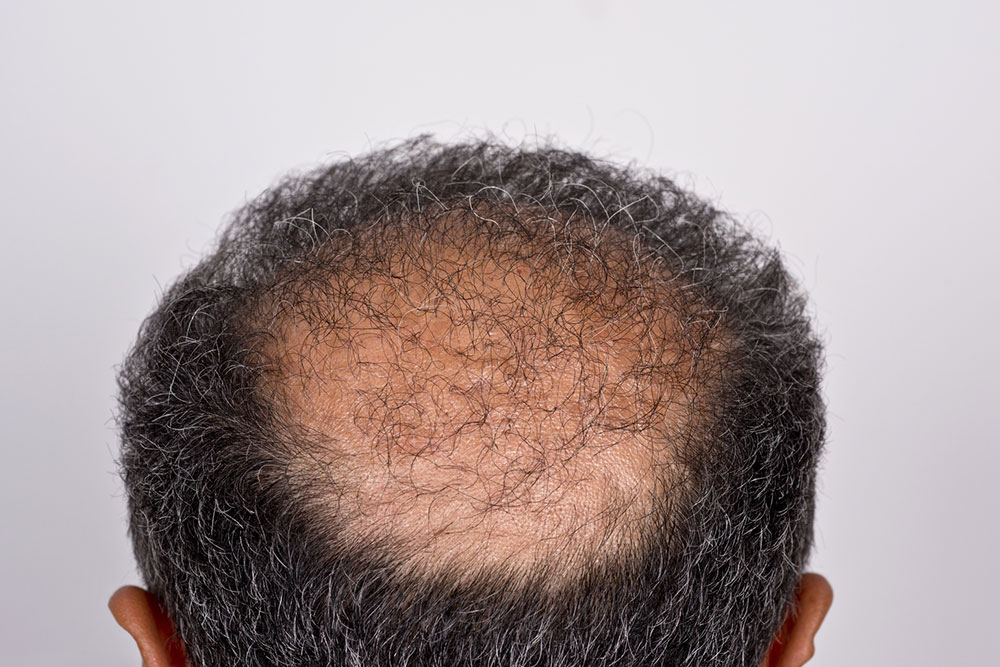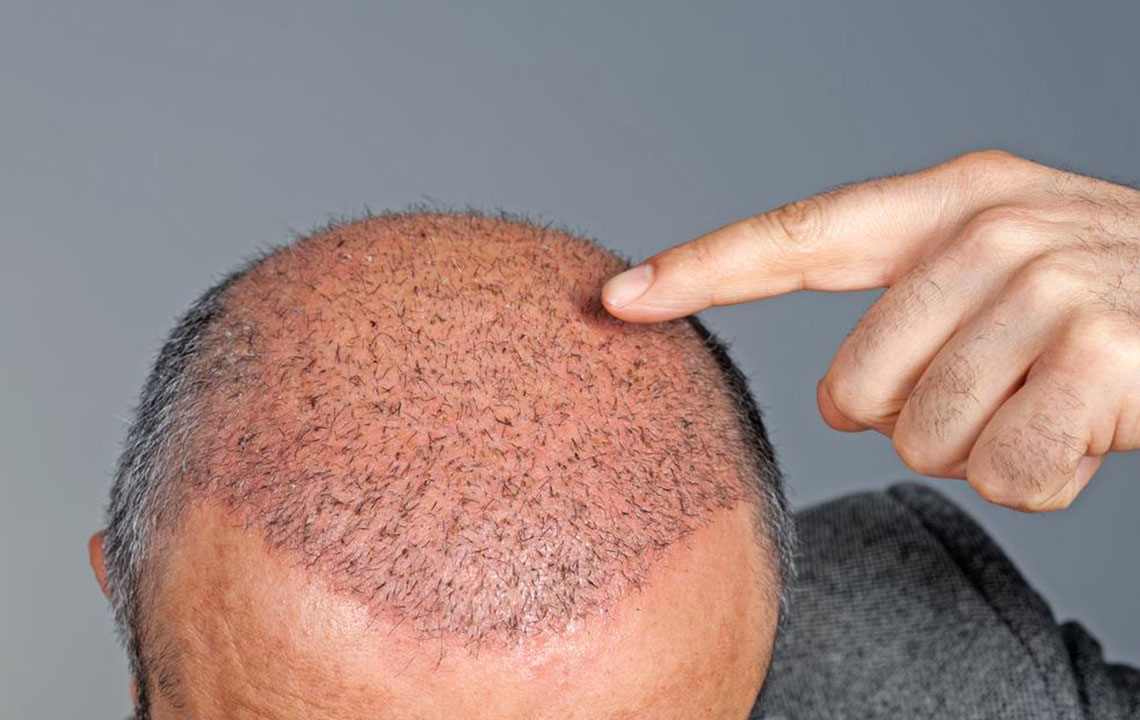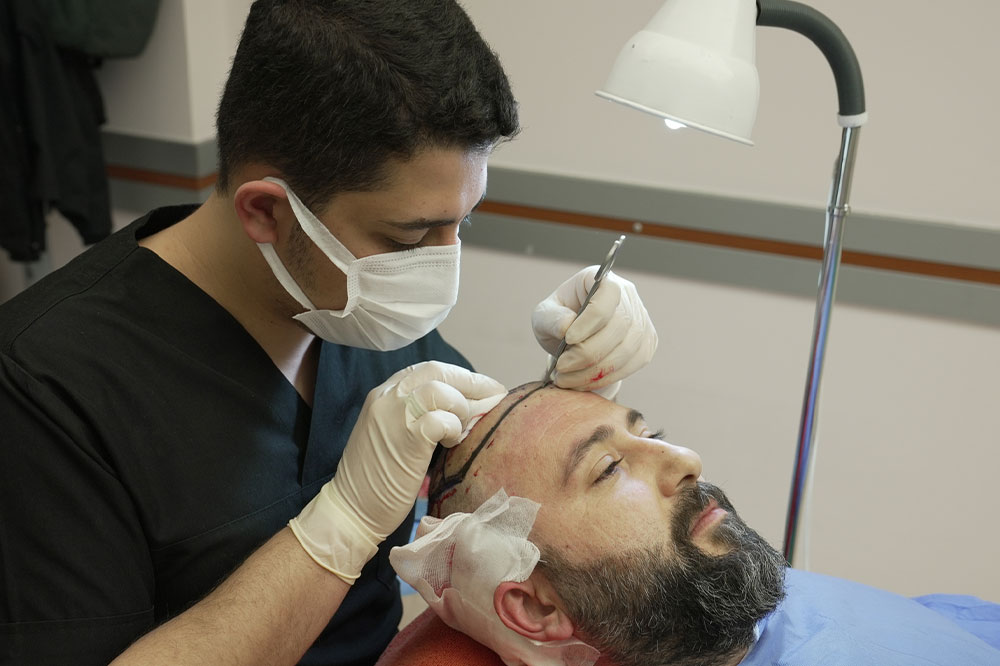The Ultimate Guide to Hair Restoration: Methods, Costs, and Essential Factors to Consider
This comprehensive guide explores various hair restoration techniques, detailing procedures like FUT, FUE, and DHI, their costs, and key considerations for choosing the right clinic. It emphasizes the importance of experience, facility quality, and realistic expectations, helping individuals make informed decisions for effective hair restoration and confidence restoration.

Your Comprehensive Guide to Hair Restoration: Exploring Techniques, Pricing Strategies, and Key Considerations
Hair loss is a prevalent issue affecting millions of individuals across the globe, impacting self-esteem, confidence, and overall quality of life. The causes behind hair thinning and baldness are diverse, ranging from genetic predispositions and aging processes to lifestyle choices and underlying health conditions. While preventing hair loss or reversing it entirely can sometimes be a challenge, numerous effective options exist for restoring hair growth, including advanced medical procedures. Among these, hair transplantation stands out as a leading solution for permanent and natural-looking results. This article provides an in-depth overview of hair restoration techniques, detailed information about costs, and important factors to consider when choosing the right clinic or procedure.
Understanding Hair Transplant Techniques, Costs, and the Procedure Process
Hair transplant surgeries have evolved significantly over recent decades, offering solutions that cater to different needs, budgets, and aesthetic goals. The three primary methods are Follicular Unit Transplantation (FUT), Follicular Unit Extraction (FUE), and Direct Hair Implantation (DHI). Each technique involves transplanting healthy hair follicles from a donor area—typically the back or sides of the scalp—to areas experiencing hair loss. The choice of method depends on factors such as hair loss severity, personal preferences, and budget considerations.
1. Follicular Unit Transplantation (FUT): Also known as strip harvesting, FUT involves removing a strip of scalp tissue from the donor area, usually the back of the head. The strip is then meticulously divided into grafts containing 1-4 follicular units. These grafts are implanted into small incisions made in the thinning areas. One of the advantages of FUT is that it allows the transplantation of a large number of grafts in a single session, making it ideal for extensive hair restoration needs. A subtle linear scar remains in the donor area, which is usually concealed by surrounding hair, and patients do not need to shave their entire head for the procedure.
2. Follicular Unit Extraction (FUE): FUE is a less invasive technique where individual hair follicles are extracted directly from the scalp using a specialized punch tool. Patients typically need to shave their head before the procedure, and each follicle is carefully removed, preserved, and then implanted into the balding areas. FUE is preferred for its minimal scarring—tiny dot scars are barely visible—and quicker recovery times. This method suits individuals with moderate to severe hair loss, especially those seeking a natural appearance with minimal visible scars. In the UK, the cost for FUE ranges from approximately £3,000 to £15,000, depending on the extent of hair loss and the number of grafts required.
3. Direct Hair Implantation (DHI): DHI is an advanced variation of FUE, incorporating specialized implanter pens that allow for simultaneous extraction and implantation. Using this technique, surgeons can precisely control the depth, angle, and direction of hair follicle placement, resulting in a highly natural and dense look. DHI typically involves more accuracy and can be suitable for hairline reconstruction and scar concealment. Costs for DHI procedures generally fall between £2,464 and £10,233, depending on various factors such as graft number and clinic rates.
Hair Transplant Pricing Based on Graft Count: Graft quantity significantly influences the total cost of hair restoration procedures. In the UK, prices tend to vary according to the number of grafts needed. For instance, a session involving approximately 1500 grafts usually costs between £5,000 and £8,000. A 2000-graft transplant can cost around £6,700, while a more comprehensive 3000-graft procedure might reach up to £9,999. Larger cases with 5000 grafts are generally priced around £16,667. These prices can fluctuate based on the clinic, surgeon experience, and technique used, so thorough research and consultation are essential for getting the best value.
Key Factors to Consider Before Choosing a Hair Restoration Clinic
Experience & Certification: It’s crucial to select a clinic with highly qualified, board-certified surgeons who specialize in hair restoration procedures. Checking their credentials, reviews, and before-and-after photos can help gauge their expertise and success rates. Recommendations from previous patients and online reputation are valuable indicators of quality.
Type of Procedure: Different techniques suit different needs. Consulting experienced surgeons to understand the differences between FUT, FUE, and DHI can help you determine the most suitable option. Clarify what to expect during and after the procedure, including recovery times, discomfort levels, and potential outcomes.
Clinic Facility & Hygiene Standards: Visiting the clinic beforehand is recommended to assess the cleanliness, equipment, and overall environment. A well-maintained, hygienic facility staffed with trained professionals ensures a safer and more comfortable experience.
Review of Results & Patient Testimonials: Examining before-and-after photos shared by surgeons gives insight into their results and precision. Additionally, reading patient testimonials can provide expectations about the quality of care and post-surgery support.
Cost & Value: While cost is an important factor, focus on the overall value. High-quality clinics may charge more, but investing in reputable providers often results in better, more natural-looking, and lasting outcomes. Avoid clinics that solely attract clients with low prices but lack proven results or proper certification.
In conclusion, hair restoration is a profound decision that requires careful consideration of available methods, costs, and the reputation of your chosen clinic. Understanding the differences among FUT, FUE, and DHI, along with evaluating the experience and credentials of your surgeon, will help you achieve the best possible results. Whether you opt for a smaller graft count or a comprehensive transformative procedure, thorough research and consulting with qualified specialists are key steps toward restoring your confidence and achieving natural-looking hair.





